In 1974, two albums by German kosmiche musicians working with electronics became the first from the seedbed of what’d been dubbed Krautrock to explicitly embrace – and merge – melody and rhythmic structure. One was Kraftwerk’s Autobahn. The other was Cluster’s Zuckerzeit. Once on the record player, each LP instantly made its presence felt more directly than anything either had released previously.
For Kraftwerk, this resulted in an unlikely international hit with a single edit of Autobahn’s title track. For Cluster, there were no singles and, consequently, no chance to fluke any chart action.
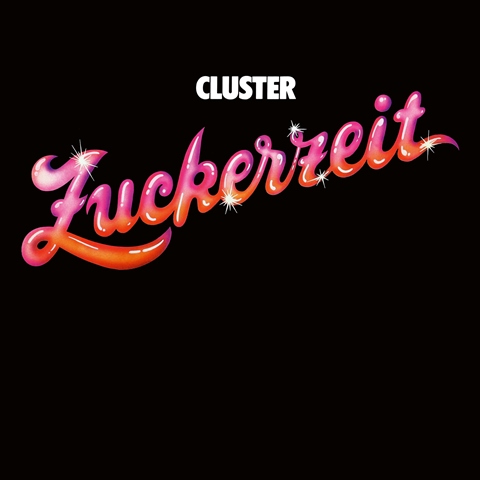 Both Cluster and Kraftwerk were already heading towards a more straightforward music, where their free-form edges were toned down. Autobahn’s processor album Ralf & Florian included “Elektrisches Roulette,” “Tanzmusik” and “Ananas Symphonie,” all of which were friendlier to the ear than what they’d been up to beforehand. Dieter Moebius and Hans-Joachim Roedelius – who were Cluster – had previously explored some of the territory mapped out on Zuckerzeit when they recorded as Harmonia with Neu! guitarist Michael Rother – credited as Zuckerzeit’s producer: the credit was because he had loaned equipment to Moebius and Roedelius for the January 1974 recording of what became Zuckerzeit.
Both Cluster and Kraftwerk were already heading towards a more straightforward music, where their free-form edges were toned down. Autobahn’s processor album Ralf & Florian included “Elektrisches Roulette,” “Tanzmusik” and “Ananas Symphonie,” all of which were friendlier to the ear than what they’d been up to beforehand. Dieter Moebius and Hans-Joachim Roedelius – who were Cluster – had previously explored some of the territory mapped out on Zuckerzeit when they recorded as Harmonia with Neu! guitarist Michael Rother – credited as Zuckerzeit’s producer: the credit was because he had loaned equipment to Moebius and Roedelius for the January 1974 recording of what became Zuckerzeit.
Zuckerzeit is newly reissued on vinyl to mark its 50th anniversary. The telling title telegraphs the (relative) sweetness of what's in its grooves. It translates as “sugar time” or “sugar era.” Five of the album’s tracks are by Moebius, five by Roedelius. Though it has a unified feel, it brackets together the work of two individuals under one heading. The album opens with Roedelius’ “Hollywood,” a bubbling confection where swooping sounds complement rhythmic synth lines and a minimal drum machine. Next up, Moebius’ "Caramel" – similar, but melodically darker and more about the strict rhythm than the preceding cut. On it goes, each ensuing track a wonder.
Earlier, Cluster had been based in Berlin. Zuckerzeit, Cluster’s last record for the Brain label, was the first they completed in Forst, in the Lower Saxony countryside between Bremen and Hanover. This relocation from the urban to the bucolic might, in part, explain the lighter tone of the album in comparison to what came earlier, but the progression from Musik von Harmonia is clear. Another element which may have impacted on the relative reductiveness is the choice to use primitive drum machines and their pre-set rhythms: these did not lend themselves to a hard, or heavy, music.
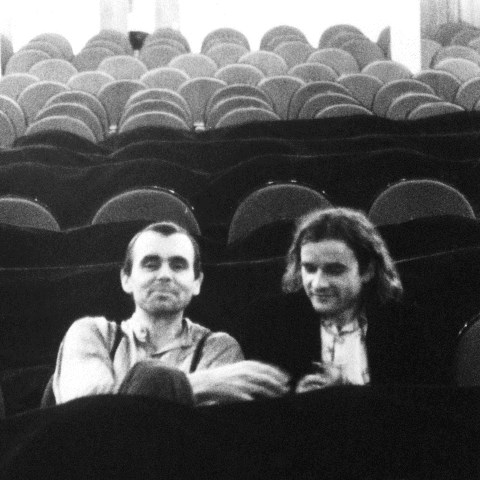 It’s fair to assume that in 1973 and 1974 predictions that Cluster (and Kraftwerk) would streamline their music were limited. There was one acknowledged watcher though: Brian Eno. Musik von Harmonia, issued before Zuckerzeit in 1974, clearly impacted on Eno’s 1975 album Another Green World. The connection was made explicit in 1977, when the collaborative Cluster & Eno album appeared. After The Heat, credited to Eno Moebius Roedelius, followed in 1978. They may not have become as high profile as Kraftwerk, but Cluster were making waves (pictured left: Dieter Moebius, left, and Hans-Joachim Roedelius, right, who were Cluster)
It’s fair to assume that in 1973 and 1974 predictions that Cluster (and Kraftwerk) would streamline their music were limited. There was one acknowledged watcher though: Brian Eno. Musik von Harmonia, issued before Zuckerzeit in 1974, clearly impacted on Eno’s 1975 album Another Green World. The connection was made explicit in 1977, when the collaborative Cluster & Eno album appeared. After The Heat, credited to Eno Moebius Roedelius, followed in 1978. They may not have become as high profile as Kraftwerk, but Cluster were making waves (pictured left: Dieter Moebius, left, and Hans-Joachim Roedelius, right, who were Cluster)
Beyond Eno, at this remove it’s not possible to determine who else was paying close attention. Whether it’s direct or indirect, the approach and feel of Zuckerzeit ripples through the DIY electronics of Daniel Miller’s 1978 "T.V.O.D.” / “Warm Leatherette" single as The Normal. John Foxx’s 1980 first solo album Metamatic and its attendant singles also exhibit reverberations of Zuckerzeit. The poppier side of the Cluster album is detectible in the very early Depeche Mode too.
After Zuckerzeit Cluster’s next LP, their first for the Sky label, was 1976’s more pastoral, more ambient-leaning Sowiesoso. It is Zuckerzeit, though, which resonates most. There was, it turned out, no need for a hit single.
- Next week: Angelic Upstarts’ bracing 1979 debut album, Teenage Warning
- More reissue reviews on theartsdesk
- Kieron Tyler’s website

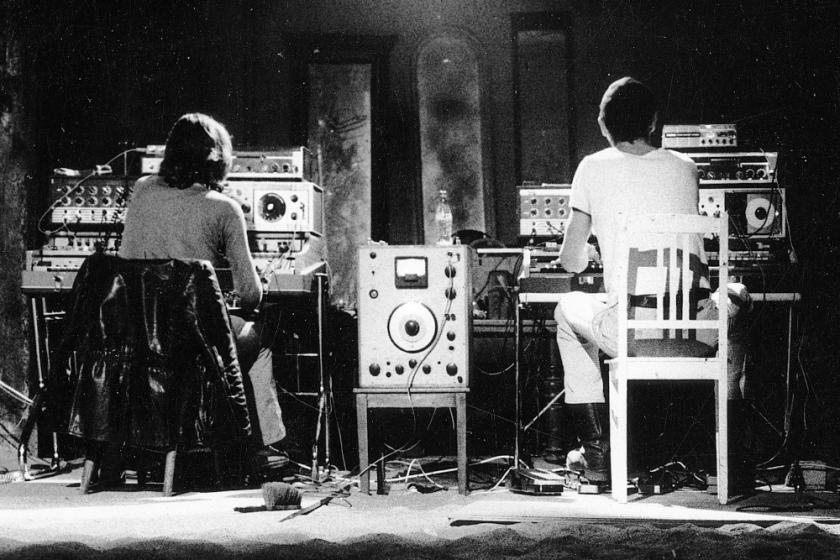

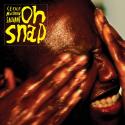



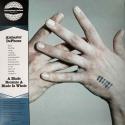



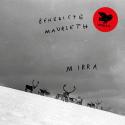

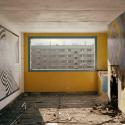

Add comment